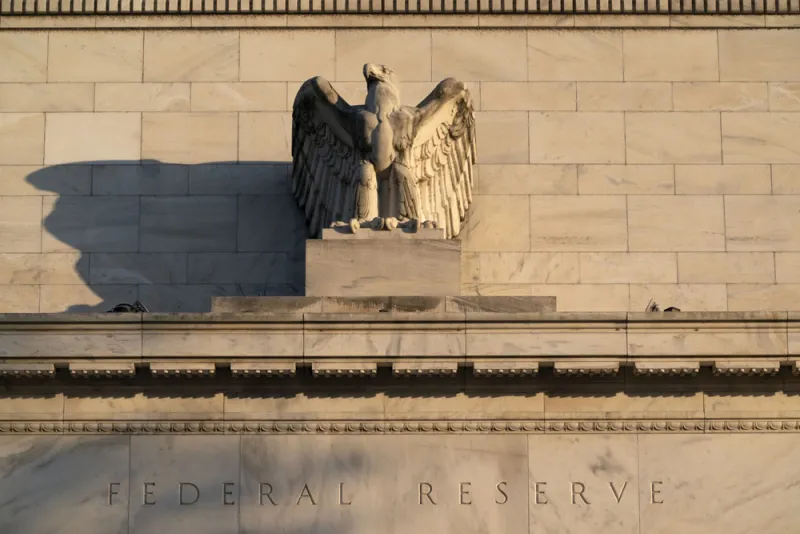Investors in credit hedge funds, which are generally designed to provide stability to portfolios, had a wild ride in 2020. If not for the Fed, it could have been a lot wilder.
In March, when markets cratered as global economies shut down because of Covid-19, PivotalPath’s mortgage-backed securities and structured credit index — which represents hedge funds invested in the sector — plummeted 18.6 percent. But the category has mostly recovered since then: PivotalPath’s index is down 1.8 percent for the year as of the end of November. Investors should thank the U.S. Federal Reserve for that, PivotalPath’s CEO says.
“We were on the precipice,” said Jon Caplis, CEO of hedge fund research and data firm PivotalPath, in an interview. “But [Fed chair Jerome] Powell moved so quick, with such power, and he unfroze these markets that could have taken us down into the abyss. Every one of these credit strategies would have been destroyed from structured credit to any of these illiquid funds. There would have been no market for so much of this stuff for a while.”
Caplis was referring to moves made in late March, when the Fed, with $75 billion in backing from the U.S. Treasury, announced programs to stabilize the credit markets. The central bank said it would buy newly issued bonds as well as exchange-traded funds that held corporate debt. With credit markets in disarray at the time, the Fed programs were designed, among other things, to help investors and managers avoid fire-sales and other indiscriminate selling.
According to PivotalPath, the MBS and structured credit index has posted gains every month since the low in March. In April, the index gained 1.75 percent; in May, it returned 3.9 percent; and in June it posted a 4.42 percent gain. From July to October, the index increased by 1.4, 1.6, 1.3, and 0.8 percent, respectively. In November, the index racked up a gain of 2.8 percent.
[II Deep Dive: Credit Hedge Funds Can’t Figure Out What They’re Worth]
In some ways, it was the first big test of the credit markets since their transformation after the global financial crisis. Since 2008, banks have curbed much of their riskiest lending, with hedge funds and others filling the void. At the same time, banks also stepped back from their role as principal market makers and buying up debt in falling markets.
In late April, PivotalPath got a delayed warning about the extent of problems with credit hedge funds. Only about one-third of funds focused on structured credit and mortgage-backed securities had calculated a net asset value — the portfolio's worth — and provided that information to PivotalPath.
Caplis said investors need to do significant due diligence on credit managers to determine their ability to negotiate any trouble in the fixed income markets, including their skill with potential workouts and their relationships with counter-parties, including prime brokers that may demand additional collateral when securities prices fall.
While March was unique in that few could have foreseen a global pandemic, inexperienced credit managers could be challenged in the future by something as simple as an unexpected rise in interest rates after years of being near record lows, Caplis said.
“There’s some big asymmetric tail risk in these funds. It’s the proverbial picking up pennies in front of the steamroller,” Caplis said. “Then all of a sudden you lose everything you made over the last five years in a matter of a month or three months. That’s what the Fed bailed us out of in a major way in March and April of this year.”







